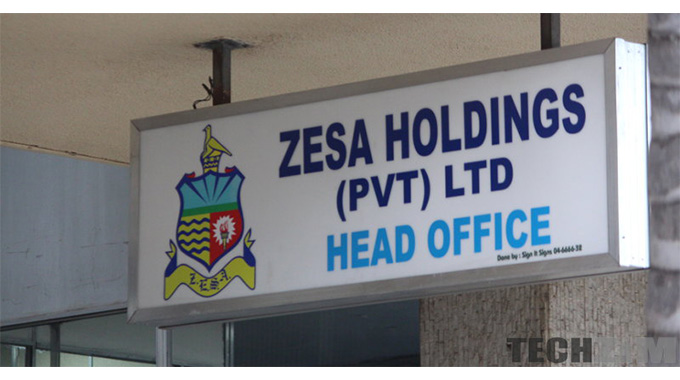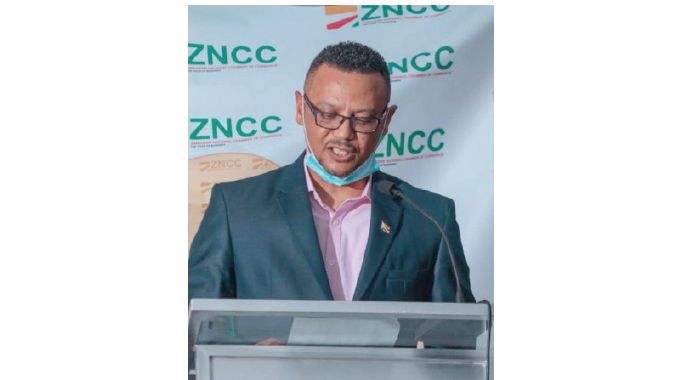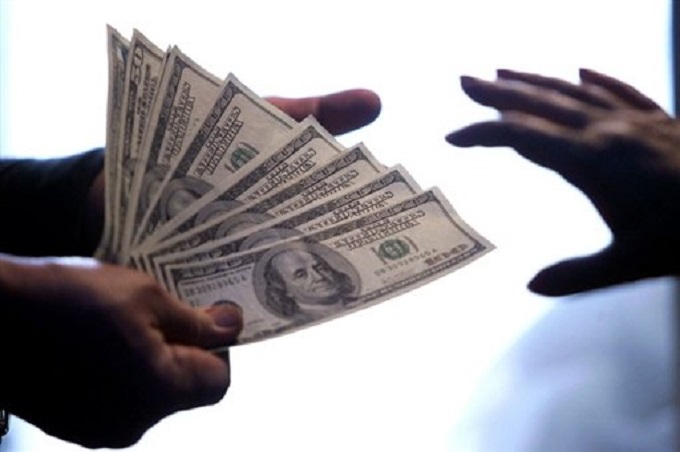Calls for private-sector energy investments grow louder

Sikhulekelani Moyo, Business Reporter
AS demand for energy supply increases in response to growing investment in the country, captains of industry and commerce have called for more private sector-driven power projects to complement Government efforts.
Zimbabwe’s economy is registering positive strides under the Second Republic, which has rejuvenated domestic and foreign investor confidence through comprehensive ease of doing business reforms.
The implementation of many high-impact economic projects across different sectors demands massive power generation and supply capacity, which the sole power utility, Zesa, cannot achieve alone.

Zesa
Energy efficiency is critical under the National Development Strategy (NDS-1), which builds momentum towards the achievement of an upper middle-income economy vision by 2030.
In response, several private sector players have started rolling out new energy projects with a focus on renewable power such as solar in order to ease the burden of load shedding and anchor continuous operations.
Caledonia Mining Corporation has taken the lead by establishing a 12MW solar project at its Gwanda-based Blanket Mine, which will meet about 27 percent of the company’s total daily electricity demand.
Diversified agro-industrial concern, Schweppes Zimbabwe Limited, has also invested in a 564 kilowatts solar power plant for its factory in Beitbridge, Matabeleland South province, which intends to generate power from the proposed solar plant for its own consumption.

National Development Strategy 1 (NDS1)
Cement producer, PPC Zimbabwe, is working towards installing a 20MW power solar plant at its Colleen Bawn plant, while platinum operator, Mimosa is targeting a 38MW solar plant.
In the 2023 National Budget statement, the Treasury revealed that the Zimbabwe Energy Regulatory Authority (ZERA) has licensed more than 60 independent power producers (IPPs) in the renewable energy space, with a capacity to generate 2000MW.
Implementation of these projects needs to be scaled up to quickly benefit the economy, Zimbabwe National Chamber of Commerce Matabeleland Region vice president, Mr Louis Herbst, said.
“In line with President E.D. Mnangagwa’s Vision 2030 and the National Development Strategy 1 (NDS1), we have to take into account not only the resuscitation of the industries but also the anticipated growth based on the current trends,” he said.
“Naturally, this is going to put a strain on the power demands from ZESA.”
While Government is seized with beefing up generation capacity at existing stations, as well as securing imports to bridge the supply gap in the short term, Mr Herbst says there is a need to also conduct awareness campaigns and increase communication with producers on progress by independent power producers (IPPs).
In its latest monthly update, the Confederation of Zimbabwe Industries (CZI), has also noted that the positive economic growth is piling pressure on power supplies, and noted high demand mainly from the mining and manufacturing industrial sectors.
In the past CZI has raised concern over the dampening impact of power cuts on industry operations.

Mr Louis Herbst
Despite plant optimisation at Hwange Thermal Power Station and increased output at Kariba Power Station, industry leaders have said the long-term strategy required harmonized approaches that blend Government effort and more private sector input.
“National demand is currently estimated at 1,600MW with generation capacity ranging between 900 to 1 200MW,” said CZI.
Thus, the daily power deficit range is projected from 400-600MW by the end of 2023, it said. — @SikhulekelaniM1












Comments